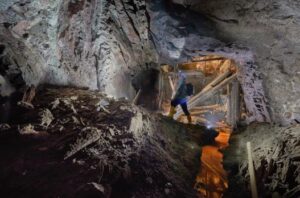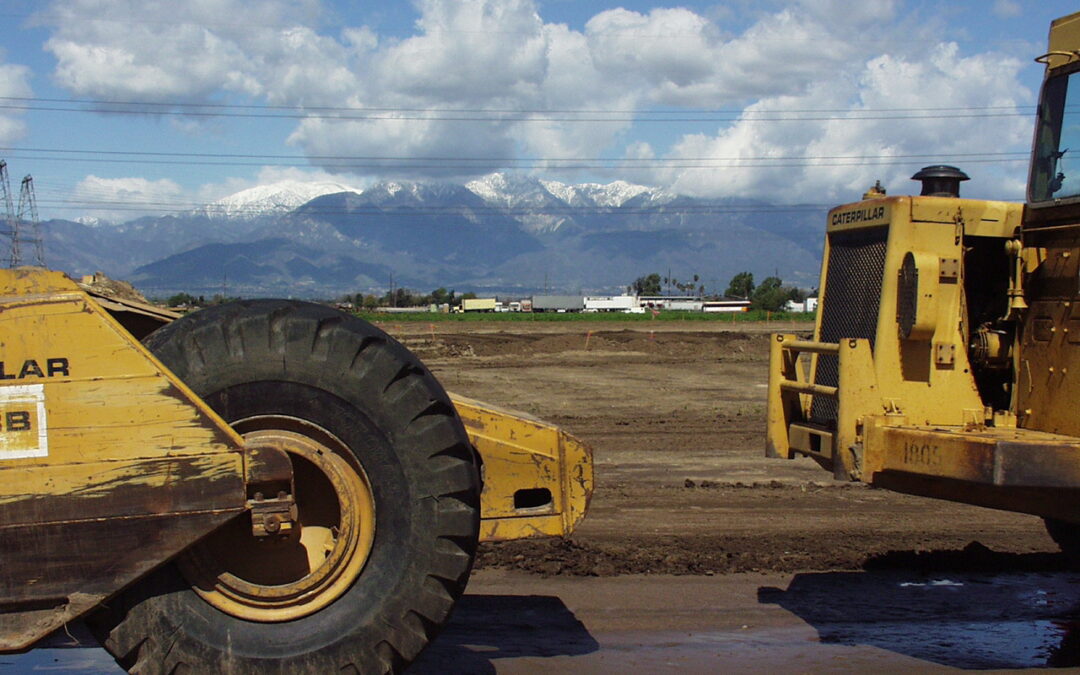Mining has always been a vital industry, supplying the materials essential for modern life. However, the industry is not without its challenges, particularly regarding safety. Understanding common mine incidents and how to prevent them is key to ensuring worker safety and operational efficiency. This article delves into frequent mining incidents, explores prevention strategies, and highlights the role of regulations and training in safeguarding miners.
What are the Most Common Types of Incidents in Mining?
Mining incidents fall into several categories, including:
- Cave-ins and collapses: These occur when the structural integrity of a mine fails.
- Explosions: Often caused by gas build-up or improper handling of explosives.
- Toxic gas exposure: Accumulation of harmful gasses like methane and carbon monoxide.
- Equipment-related accidents: Malfunctioning or improper use of machinery.
- Falls and slips: Due to uneven terrain or insufficient safety protocols.
Each of these incidents poses unique risks but can be mitigated with proper measures.
What Regulations Exist to Ensure Mine Safety?
The Mine Safety and Health Administration (MSHA) establishes and enforces regulations aimed at preventing accidents and ensuring safe working conditions. Key regulations include:
- Mandated safety inspections.
- Requirements for ventilation and gas monitoring.
- Guidelines for equipment maintenance.
- Comprehensive training programs for miners.
Compliance with these regulations is essential to minimizing risks and fostering a culture of safety.
What Safety Measures Can Prevent Mine Explosions?
Preventing mine explosions requires a multi-faceted approach:
- Risk Assessment: Regular evaluations to identify potential hazards.
- Safety Training: Educating miners on proper handling of explosives and emergency response protocols.
- Proper Equipment Maintenance: Ensuring all tools and machinery are in working order.
- Ventilation Systems: Installing advanced systems to prevent gas accumulation.
- Use of Technology: Leveraging sensors and monitoring systems for real-time hazard detection.
- Personal Protective Equipment (PPE): Providing respirators and flame-resistant clothing.
- Regular Drills: Practicing evacuation and emergency procedures.
- Communication: Implementing reliable communication systems between teams.
- Incident Reporting System: Encouraging prompt reporting of safety concerns.
- Compliance with Regulations: Adhering to guidelines set by authorities like MSHA.
How Can Cave-Ins be Prevented in Mines?
Preventing cave-ins involves careful planning and constant vigilance:
- Reinforcing tunnels with support beams and netting.
- Monitoring ground stability with geotechnical instruments.
- Limiting the size of excavation areas to maintain structural integrity.
- Conducting regular inspections to detect potential weaknesses.
These measures create a safer environment for miners and reduce the likelihood of collapses.
How Can Toxic Gas Exposure be Minimized in Mines?
Minimizing gas exposure is critical in preventing health risks and explosions:
- Installing advanced ventilation systems to circulate fresh air.
- Using gas detection devices to monitor levels of methane, carbon monoxide, and other harmful substances.
- Providing miners with respiratory protection equipment.
- Training workers to recognize early signs of gas build-up and take immediate action.
What Role Does Training Play in Preventing Mine Incidents?
Training is a cornerstone of mine safety. Effective programs cover:
- Recognizing hazards and implementing preventative measures.
- Proper use and maintenance of equipment.
- Emergency response and evacuation protocols.
- Regular refresher courses to keep skills sharp and updated.
What are the Best Practices for Equipment Safety in Mining?
Equipment-related incidents can be avoided by following these practices:
- Performing routine maintenance to ensure machinery is functioning correctly.
- Training operators to handle equipment safely and efficiently.
- Installing safety features, such as automatic shut-off systems.
- Conducting pre-shift equipment inspections to identify potential issues.
What Technology is Available to Enhance Mining Safety?
Modern technology plays a pivotal role in improving mine safety:
- Wearable devices monitor vital signs and detect hazardous conditions.
- Drones inspect hard-to-reach areas and assess risks without endangering workers.
- Real-time monitoring systems track air quality, equipment status, and worker locations.
- Artificial intelligence predicts potential risks based on historical data.
How Can Emergency Response Plans Be Improved?
A robust emergency response plan includes:
- Clearly defined roles and responsibilities for all team members.
- Access to first-aid and rescue equipment.
- Regular drills to ensure readiness for various scenarios.
- Collaboration with local emergency services for quick assistance.

How Can a Safety Culture Be Fostered in Mining Operations?
Creating a culture of safety involves:
- Encouraging open communication about safety concerns.
- Rewarding teams and individuals for adhering to safety protocols.
- Providing ongoing education and resources to prioritize safety.
- Leadership commitment to modeling safe behavior and enforcing standards.
How MSHA Helps Prevent Mine Accidents
The Mine Safety and Health Administration (MSHA) plays a vital role in common mine incidents prevention by:
- Conducting regular mine inspections.
- Offering training programs tailored to specific mining environments.
- Funding research into new safety technologies.
- Enforcing compliance with strict safety regulations.
Key Takeaways for Improving Mine Safety and Preventing Incidents
The mining industry has made significant strides in addressing common mine incidents and how to prevent them, but continued vigilance is crucial. By adhering to safety regulations, investing in training and technology, and prioritizing safety, mining companies can better protect their workers and operation. The collaborative efforts of miners, industry leaders, and organizations like MSHA Safety Services ensure that safety remains a top priority in mining operations worldwide. Contact MSHA Safety Services to book a consult with a mine safety expert.

